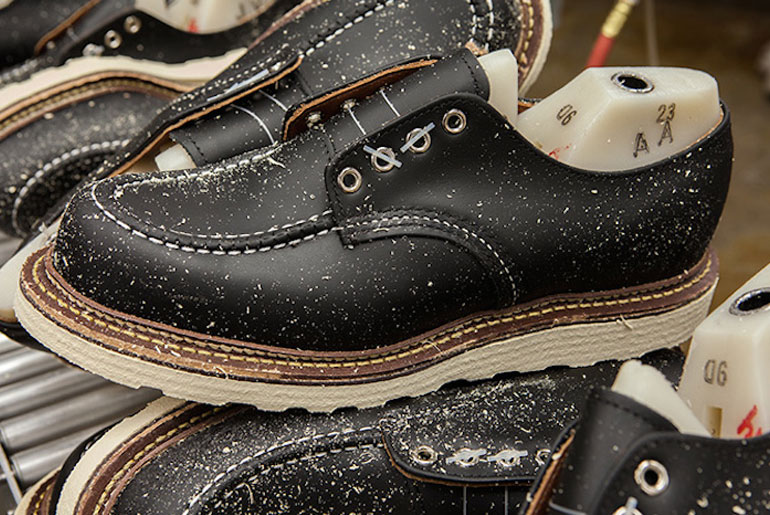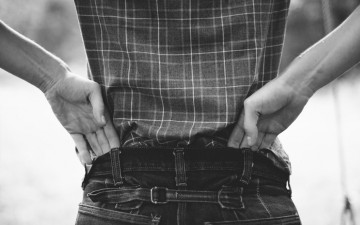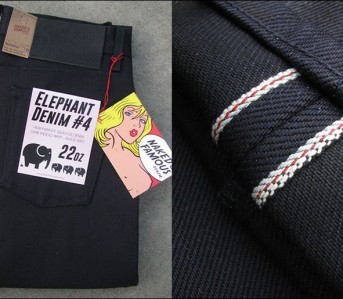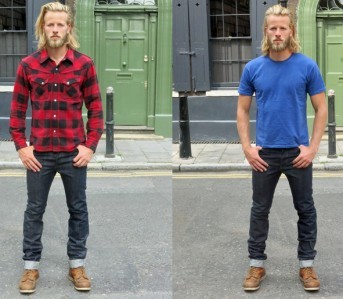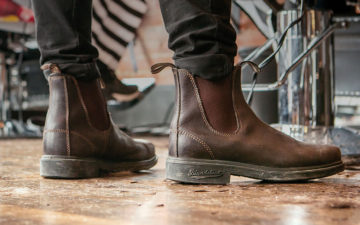Red Wing Shoes has long since been a brand of choice for those looking for a sturdy shoe that will age well and last alongside their denim. It’s a reputation well earned, as they’ve released boots for over a hundred years that all serve functional purposes of American working men.
A few years ago, they released a historically inspired Red Wing Heritage line that brought back some of their most iconic models from the last hundred years. While most of us are familiar with their “Made in America” ethos and their most recognizable styles, their history and the actual purpose behind their boots is a lesser known story.
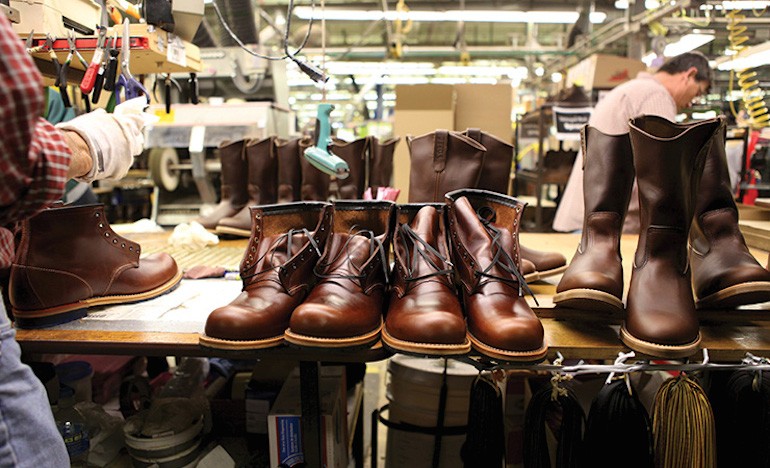
Named after the the company’s hometown–Red Wing, Minnesota–Red Wing Shoes began in 1905 with the vision of founder, Charles Beckman. Beckman wished to provide workers in industries like mining, farming, and logging with a tough wearing but comfortable shoe.
It started off small but quickly added more models as workers across all different industries began asking for the same high quality shoes fit for their needs. Many of the styles we’re familiar now were actually created between 1920-1970 with each model being built to meet specific purposes and requirements.
What sort of purposes you ask? The 9111 and 877/875 models, which are probably one of the most recognized shoes from the Red Wing collection, were initially designed for farmers and hunters.
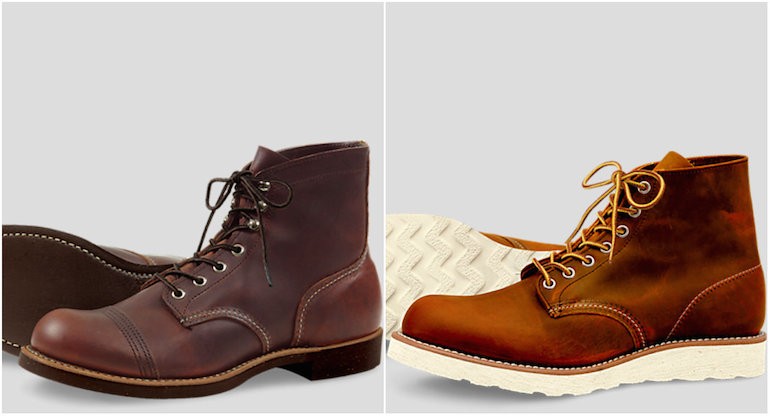
Red Wing 8111 Iron Ranger and 9111 Round Toe Workboot
The 9111, introduced in 1919, was one of the first boots for farmers that featured a plain toe design and the cold insulating crepe sole that minimized the amount of mud that would stick to the shoe and in the 1950s.
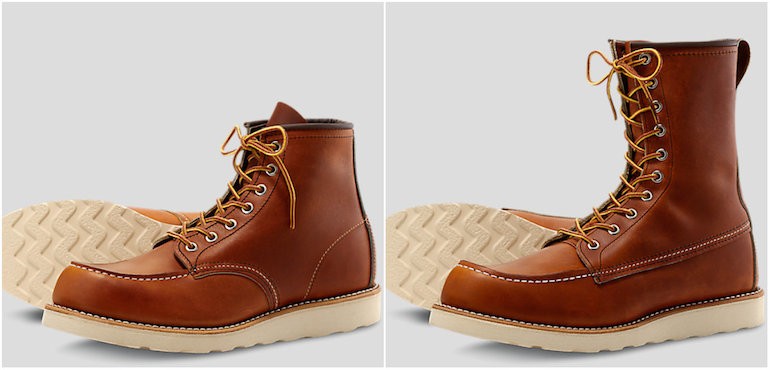
Red Wing 875 and 877
The 8-inch 877 and 6-inch 875 designs, which became the flagship for the Irish Setter brand, were created for hunters with its more rugged looking moc toe, the more water and dirt resistant Oro-Legacy leather, and white crepe sole.
The 8111 Iron Ranger was inspired by boots made in the 1920s for iron ore miners and has gained immense popularity recently with their double leather layer toe (which was the precursor to modern steel toe boot) and double layered heel.
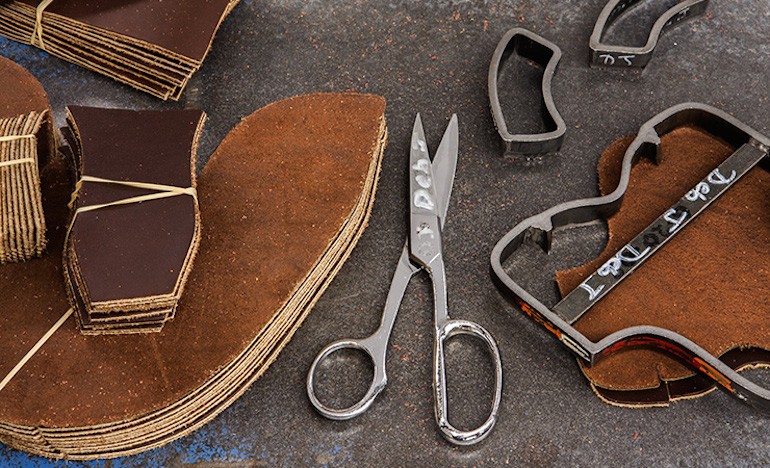
The purpose driven design of all their shoes is a big part of why Red Wing has remained a leader but the second piece of their success is due to the materials used in their boots.
As you can imagine, the biggest component of any Red Wing product is the leather, all of which comes from their owned and operated S.B Foot Tannery. This unique, vertical integration with the tannery allows Red Wing to maintain a quality with all their products as well as develop and experiment with new materials, akin to Japan Blue and Momotaro’s relationship with Collect Mills.
Combine that with construction details like triple-stitching and Goodyear welting on many of their boots and you’ve got a product that ages and performs well.
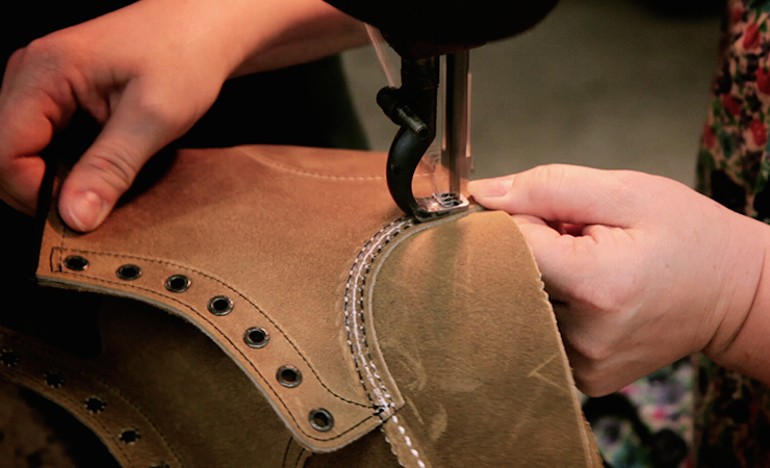
Although they’ve been around for over a century, Red Wing shows no signs of slowing down. They’ve continuously expanded their reach all over the world, it’s not uncommon now to see Red Wing boots stomping around Europe and Asia.
But don’t expect any huge changes in their product anytime soon, as they continue to look into their archives for inspirations of more models for their already massive collection of boots.
For more info, check out Red Wing’s website.

